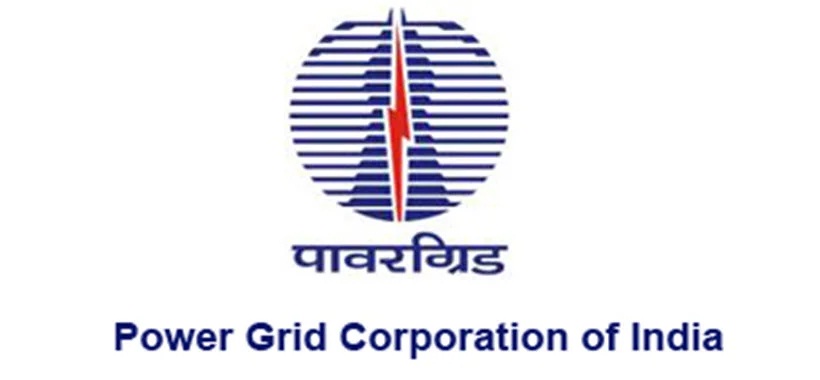The Monetary Policy Committee consistently chose to keep repo just as opposite repo rate unaltered in its every other month strategy meeting on August 6. Regardless of no approach rate cut, the MPC kept up an accommodative position.
The repo rate has been unaltered at 4 percent and the converse repo rate is at 3.35 percent, while MSF rate and Bank rates were additionally left unaltered at 4.25 percent.
Specialists feel business as usual on strategy rate was on expected lines given the 115 bps repo rate cut so far in 2020 and current higher expansion levels.
As anyone might expect, the RBI’s MPC collectively held the state of affairs on rates. The current degree of rates in the framework is sufficiently considerate to take into consideration an interruption. Combined rate cuts since February 2019 were additionally joined by a more honed cut backward repo just as the brought down degree of CRR, in past arrangement declarations. As the US Federal Reserve kept rates unaltered, it empowered us to hold our rates at current levels, which likewise helps bait unfamiliar capital. The delay permitted RBI a chance to screen upside dangers to food expansion and cost-push pressures from the ascent in fuel costs,.
RBI unmistakably suggested that further rate cut is to a great extent subject to swelling levels. India’s retail expansion for the long stretch of June debilitated to 6.09 percent because of spike in the costs of certain food things, against 5.84 percent in March as April and May were lockdown periods.
RBI expects feature swelling to stay raised in Q2 FY21 and expects FY21 genuine GDP development to stay in negative zone in the first half and furthermore in the full monetary year. Consequently, the national bank expects further financial strategy activities to help the economy.
Additionally Read: Here are 10 features of RBI money related arrangement
We stay careful for strong decrease in expansion to utilize space for monetary recovery. Financial action in India has begun to recoup from lows of April and May, the RBI lead representative said.
MPCs alert on vulnerability on swelling direction proposes that odds of further facilitating will from now on stay a capacity obviously of the development of gracefully side stuns. We see next not many readings despite everything raised almost 6 percent and thus we don’t perceive any rate facilitating in any event the October meeting. On a positive note the other administrative and advancement estimates reported today will go far in guaranteeing money related steadiness, Upasna Bhardwaj, Senior Economist at Kotak Mahindra Bank said.
The measures taken by the RBI allowed the half year period due to COVID-19 emergency are sure for banks as there could be a one-time rebuilding of advances and for that, the board of trustees will be framed under veteran broker KV Kamath, while an expansion in credit to esteem (LTV) for gold advances is additionally a huge advance by RBI, specialists feel.
All the more significantly, the RBI Governor tended to liquidity worries in COVID emergency for lodging, MSMEs, the progression of credit in corporate security advertises and encouraging improved stage and framework for banks. The strategy will be viewed as a positive for banking area since no expansion of ban, once rebuilding permitted with severe conditions, a veteran financier in Mr KV Kamath to lead the master council and permitting protected credits through gold as guarantee with higher LTVs, Ambani said.
Increment in LTV for gold advances is another critical advance. While we need to hang tight for the fine prints on obligation rebuilding, the progression would be advantageous for the two banks and borrowers in the close term. The more extended term suggestion for banks, be that as it may, is less clear, he said.
With the end goal of relieving the effect of COVID-19 on family units, the RBI has chosen to expand the allowable credit to esteem proportion (LTV) for gold advances to 90 percent. This unwinding will be accessible till March 31, 2021.
The Reserve Bank is establishing an Expert Committee which will make suggestions to the RBI on the necessary money related boundaries, alongside the part explicit benchmark ranges for such boundaries, to be calculated into goal plans, said the national bank in its announcement, including the Expert Committee will likewise attempt a procedure approval of goal plans for borrowal accounts over a predetermined edge.
To help the MSME division which has been hit by the COVID-19 pandemic, the RBI has concluded that focused on MSME borrowers will be made qualified for rebuilding their obligation under the current system, gave their records the concerned loan specialist were named standard as on March 1, 2020. This rebuilding should be executed by March 31, 2021.
The national bank likewise explored its need area loaning (PSL) rules, saying an impetus structure is presently being set up for banks to address the territorial abberations in the progression of need division credit and PSL status is additionally being given to new businesses; and the cutoff points for sustainable power source, including sun based force and compacted bio-gas plants, are being expanded.
According to RBI’s surviving Basel III rules, if a bank holds an obligation instrument legitimately, it would need to allot lower capital, when contrasted with holding a similar obligation instrument through a Mutual Fund (MF)/Exchange Traded Fund (ETF).
The RBI has chosen to orchestrate the differential treatment existing at present. This will bring about generous capital investment funds for banks and is relied upon to give a lift to the corporate security showcase, it feels.
The RBI likewise gave extra uncommon liquidity office of Rs 10,000 crore at the strategy repo rate comprising of Rs 5,000 crore to the National Housing Bank (NHB) to shield the lodging division from liquidity interruptions and expand the progression of fund to the segment through lodging account organizations (HFCs), and Rs 5,000 crore to the National Bank for Agriculture and Rural Development (NABARD) to enhance the pressure being looked by littler non-bank money organizations (NBFCs) and smaller scale money establishments in acquiring access to liquidity.
Disclaimer: I am Not a SEBI REGISTERED ANALYST. This Website & Its Owner, Creator & Contributor is Neither a Research Analyst nor an Investment Advisor and Expressing Option Only as an Investor in Indian Equities. All trading strategies are used at your own risk. He/ She are Not Responsible for any Loss a Rising out of any Information, Post or Opinion Appearing on this Website. Investors are advised to do Own Due Diligence or Consult Financial Consultant before acting on Such Information. Author of this Website not providing any Paid Service and not Sending Bulk mails/SMS to Anyone. Information is in no way guaranteed. No guarantee of any kind is implied or possible where projections of future conditions are attempted. Investment/Trading in securities Market is subject to market risk.












